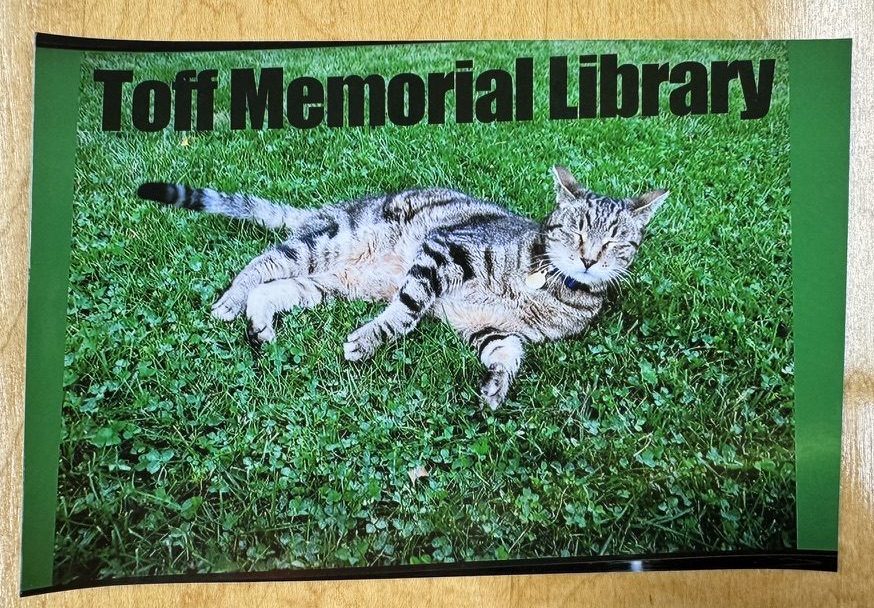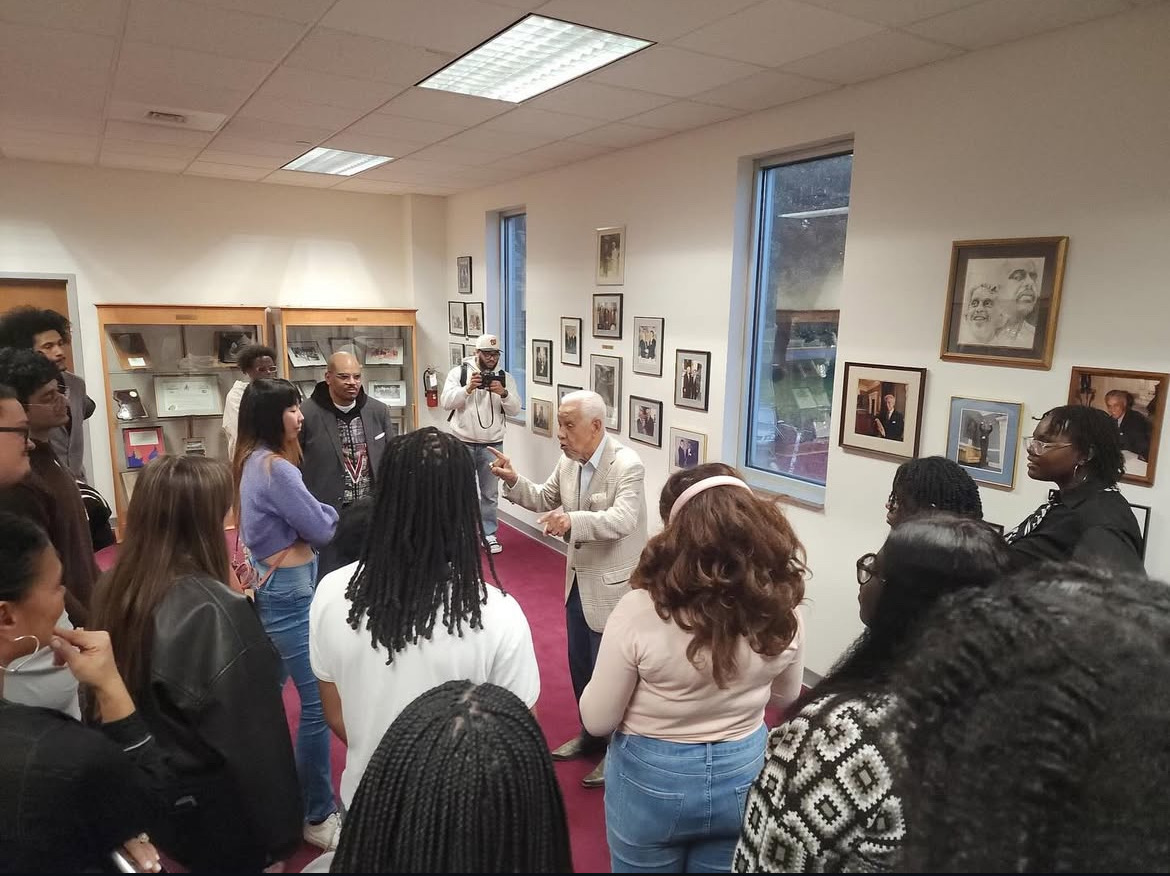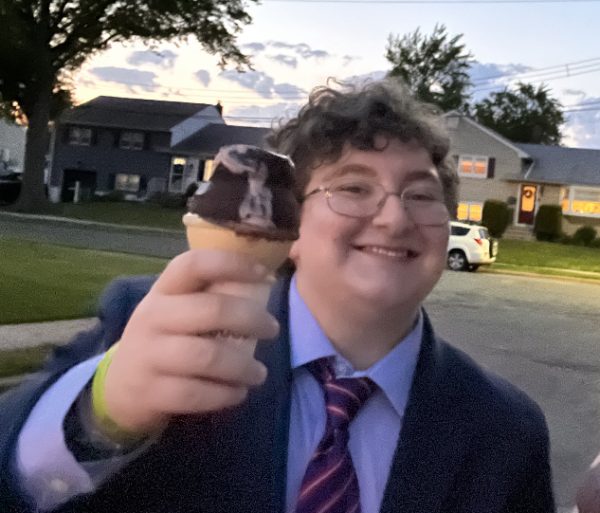On Sunday May 12, students, faculty, staff and Northfield community members gathered in the Skinner Memorial Chapel to observe Yom HaShoah, Holocaust Remembrance Day. The keynote speaker for the service was Benedict Distinguished Visiting Professor Laura Levitt, who has taught in the Religion department during Winter and Spring Term.
Yom HaShoah is observed by Jewish communities around the world, and commemorates the anniversary of the beginning of the Warsaw Ghetto Uprising, where Jewish people who were held in a ghetto in Warsaw, Poland by Nazi forces rebelled against the German troops who had arrived to deport them. This observance is a time to remember those who were lost to the horrors of the Holocaust and to commemorate the heroism of those who fought against violence and oppression during the Nazi regime. The actual date of Yom HaShoah this year was May 6, but due to scheduling conflicts, the Office of the Chaplain hosted their observance on May 12.
Carleton’s observance of Yom HaShoah began before the service started, when students volunteered to read the names of Holocaust victims aloud in the chapel. Some students read victims’ names from certain countries that they had familial or cultural connections to, and they were invited to share their family’s history and connection to the Holocaust. Others read names of victims who had connections to Carleton students, faculty and alumni.
Just before the service began, Associate Chaplain for Jewish and Interfaith Life Rabbi Shosh Dworsky led the attendants in Yiddish singing. She explained the way that Yiddish has presented itself in the world throughout history, and how in the past, German Jews in America were hostile towards Yiddish speakers as they arrived in America and assimilated before Yiddish-speaking Jews arrived. She sang three songs, the first one being “Tumbalalaika,” a Yiddish folk song of Russian origin. The next song was “Oyfn Pripetshik,” which Dworsky found a personal connection to as the song describes a rabbi teaching his young students the Alef-Bes, the Hebrew alphabet. The final song was Zog nit Keynmol, which is relevant to the occasion as it was a partisan song that is linked to the Warsaw Ghetto Uprising.
After Dworsky encouraged the attendants to light Yahrzeit candles in remembrance of those who have passed away, she introduced Levitt as the evening’s guest speaker. Levitt spoke briefly about her professional experience and her work at both Carleton and Temple University. She thanked the Carleton community for giving her the opportunity to speak, saying “It is a pleasure for me to be here, maybe not on such a pleasurable occasion, but nonetheless it is so.”
The topic of Levitt’s talk related to the work that she does in Holocaust commemoration, and offered her vision for how the Holocaust will and should be remembered in the future. She acknowledged that it was incredibly important for her to get every word of her talk right, so she informed the audience that she would be reading from a fully written speech rather than ad-libbing. She began her presentation by communicating that we as a society are “at a crossroads fo Holocaust memory”, as the very last Holocaust survivors are living their last days. Levitt explained that the labor of Holocaust commemoration, in which she has done a significant amount of research, is all about preserving the past but is constantly pointing towards the future.
Collective memory of the Holocaust is something that Levitt believes that people take for granted, and we cannot assume that we will “never forget” the horrors of the Nazis that Jewish people and other marginalized communities endured. This collective memory also shifts over time, as attitudes and experiences change. “Commemoration is an invitation addressed to all of us to remember in an ever-shifting vision,” Levitt said.
Levitt argued that the way that people remember the Holocaust can be flawed and does not invite people of all perspectives to share in and enrich the collective memory of the event. She said that there is not one perfect way to remember the Holocaust, and there is no one lesson that is to be learned. All ways of emotional response and all conductions of decorum provide new channels for Holocaust memory to enter and develop. Levitt disapproves of the idea that all losses, big or small, should be deferred to the Holocaust and never compared. She clarified that while other losses and memories should not be conflated with the Holocaust, memory should be flexible, and allowing personal engagement with the Holocaust and its history is a productive way to get younger generations, especially those who do not know any survivors personally, to engage meaningfully with the tragedy.
She then moved to sharing a few written and artistic renderings of Holocaust memory, starting with Maus, a graphic novel by Art Spiegelman. Spiegelman’s father was a Holocaust survivor, and the book was written with a unique representation of Jewish people as mice and the Nazi forces being cats. While Spiegelman cannot give the reader a direct memory, he uses the vulnerable mouse to tell his father’s story. Levitt explained that alternative forms of remembrance can work by not trying to only remember the Holocaust but taking all forms of traumatic memory together, processing the collective memory as one.
Levitt then spoke about her own engagement with Holocaust memory, which included her work with the Tower of Faces in the United States Holocaust Memorial Museum in Washington DC. She studied how, after multiple visits to the museum, she engaged with the memorial in different ways and she saw new things each time she encountered the memorial. This speaks to the concept that as people, as we encounter memory in different ways, we glean different things from it. Levitt closed her talk by speaking about a personal story about a colleague who used Facebook to unintentionally connect survivors to a photo of a liberated concentration camp, and used this story to show how interactions with memories and stories can cause them to unravel.
After Levitt answered questions about remembering life before the Holocaust and how AI and other electronic means can be used in remembrance, Dworsky concluded the service with the Mourner’s Kaddish, the Jewish prayer for remembering the dead and Eli Eli, a song written by a Hungarian Jewish resistance fighter during World War II named Hannah Szenes. After the service concluded the community enjoyed a meal catered by Bon Appetit in the rear vestibule of the chapel.











